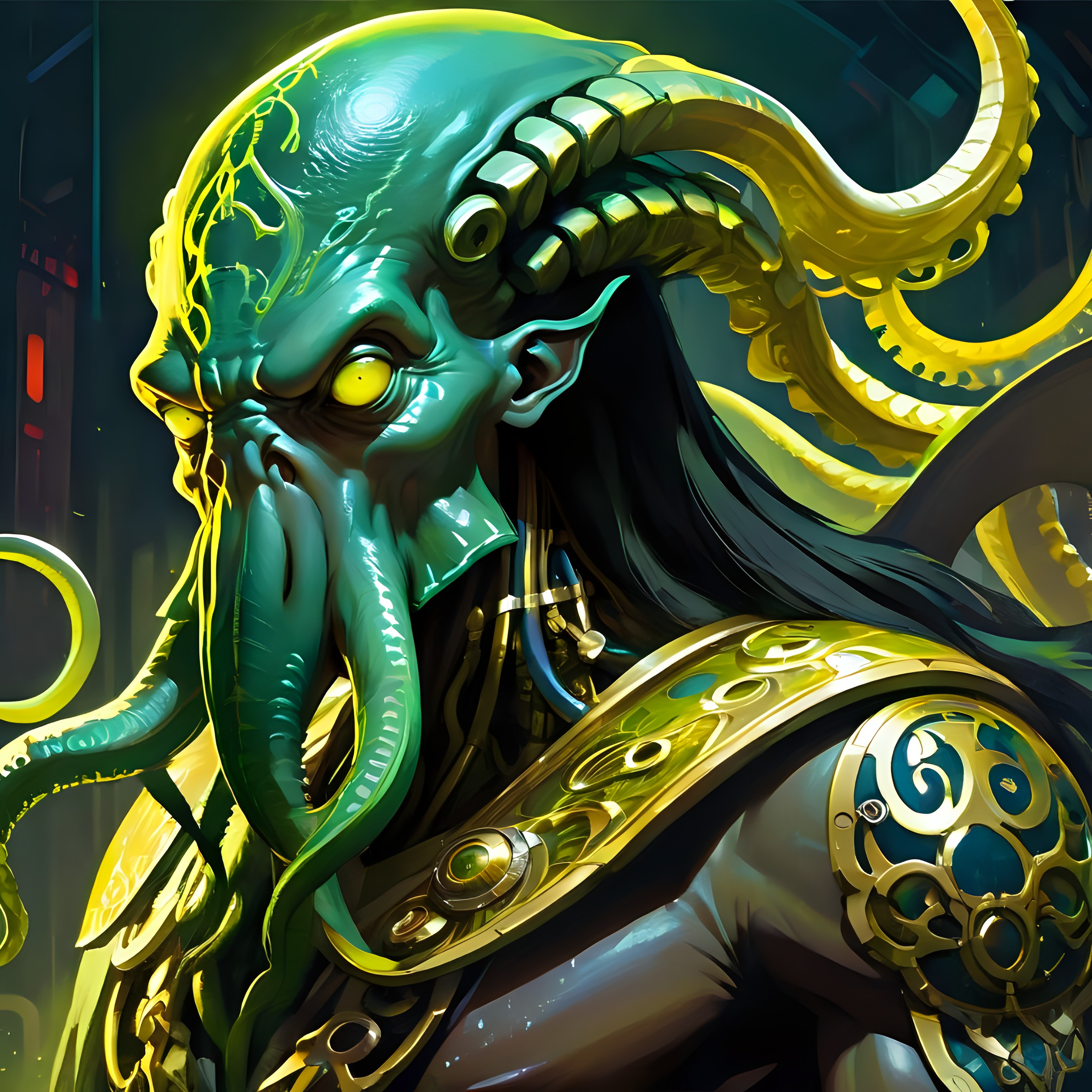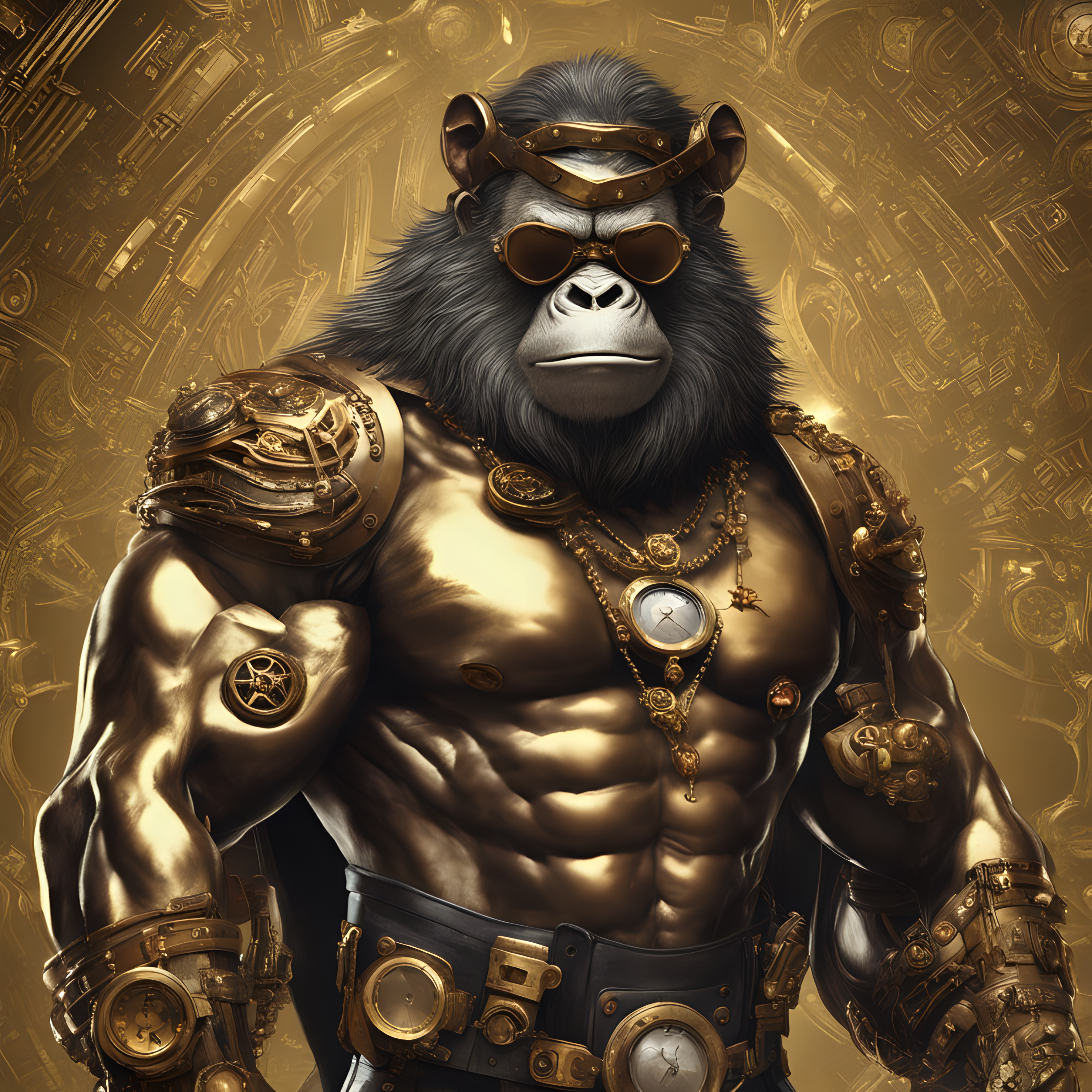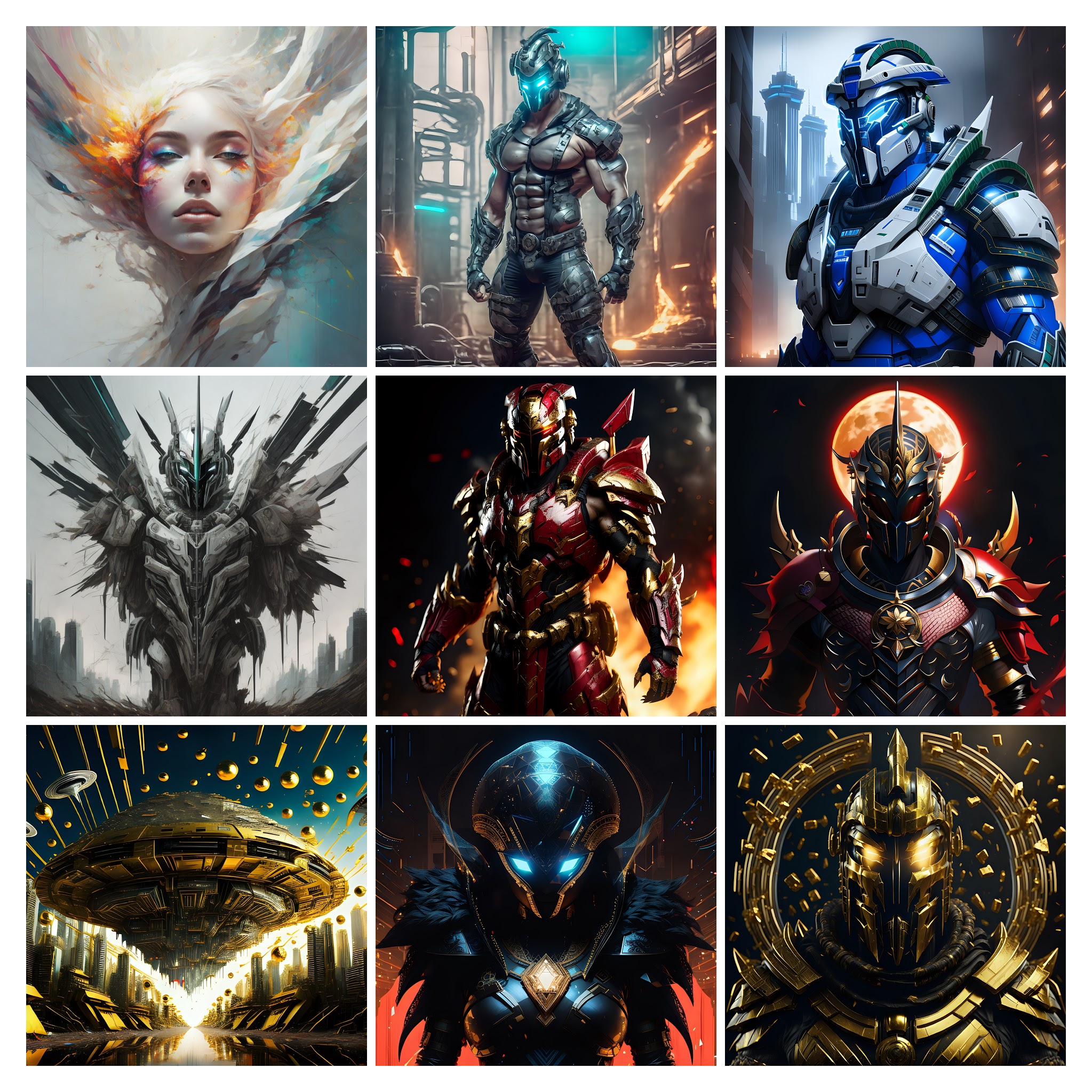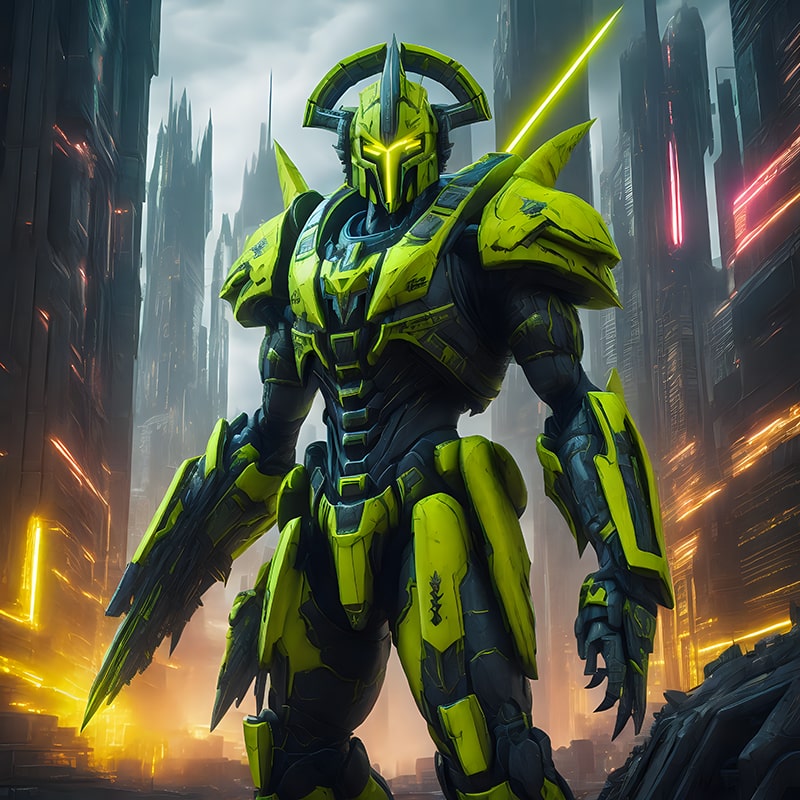NFTs, or non-fungible tokens, have indeed revolutionized the art landscape, providing a novel avenue for digital artists to monetize their creations. In contrast to traditional art transactions, NFTs utilize blockchain technology to establish ownership and authenticity for digital artworks. This decentralized system ensures the uniqueness of each NFT, addressing the challenge of digital art piracy and empowering artists to maintain control over their intellectual property.
Beyond monetary gains, the impact of NFTs extends to empowering artists to explore new possibilities in terms of ownership documentation, enhanced value, and diverse monetization strategies. NFTs enable artists to connect directly with a global audience, transcending geographical barriers and fostering a more inclusive art community. This transformative shift not only provides economic opportunities for artists but also reshapes the dynamics of art ownership and appreciation.
Understanding NFTs
NFTs are digital assets representing ownership or proof of authenticity of unique items using blockchain technology. Blockchain ensures the scarcity and uniqueness of digital files, making them valuable in the digital realm.
Interested in actually buying some NFT’s? Click here to visit the NFT storefront.
Getting Started: Creating Your NFT Wallet
Before diving into the world of NFTs, you need a digital wallet to store and manage your tokens. Choose from popular options like MetaMask or Trust Wallet, each offering a user-friendly interface and secure storage.
Choosing Your NFT Platform
Selecting the right marketplace is crucial. Platforms like OpenSea, Rarible, and Mintable allow you to mint and sell your NFTs. Consider factors like fees, user interface, and community engagement when making your choice.
Preparing Your Digital Art
Optimize your digital art for the NFT market by using high-quality file formats like JPEG, IFF, RASTER, PNG, RIF, GIF, or MP4 Ensure your artwork’s resolution is suitable for display on various devices, enhancing its visual appeal.
Step-by-Step Guide to Minting Your NFT
Minting is the process of turning your digital file into an NFT. Choose a minting platform compatible with your wallet, upload your digital art, and follow the platform’s step-by-step instructions to mint your first NFT.
Setting Your NFT’s Attributes
Accurate metadata is crucial for potential buyers to discover your NFT. Define attributes like title, description, and edition size, providing a comprehensive overview of your artwork. For example, is it a modern piece, pop art, mosaic, or impressionist type of art piece, an uploaded mp3 music file with frontal animation, or a digitally animated piece? Go into your hyper-specificity with all your work, into the weeds, so that the person sees to what extent your arduous work process took in addition to the perceived value he or she is receiving once purchased.
Pricing Your NFT Art
Determining the right price for your NFT involves balancing rarity, demand, and your artistic reputation, in addition to the artwork having a wow factor. Research similar artworks and consider market trends when setting your price.
Promoting Your NFT Art
Utilize social media platforms, art forums, and collaborations with other NFT artists to promote your creations. Building a personal brand and engaging with the NFT community can significantly enhance your visibility. Don’t rug everyone by spamming social circles with links, as it will deter potential customers and lambast your reputation for seeming scammy, something I learned as well.
Navigating the NFT Community
Joining online forums and communities such as Facebook groups, Twitter (X) communities, or Discord allows you to connect with fellow NFT creators, share experiences, and stay updated on industry trends.
If you’re interested in purchasing NFT’s, click here.
Considerations for NFTs
First, understand the copyright and ownership issues associated with NFT’s, especially the imagery aspects of them. Don’t go recreating an exact replica of Superman or Sonic the Hedgehog. Ensure your digital art complies with copyright laws and follows the policies of your chosen NFT marketplace.
Second, stay informed about current trends in the NFT space, such as the rise of generative art and environmental concerns. Predictions for the future include increased mainstream adoption and technological advancements.
Thirdly, explore the profiles of successful NFT artists, learning from their journeys and gaining insights into their strategies for success.
Common Mistakes to Avoid
Avoid pitfalls such as overpricing, neglecting community engagement, or overlooking legal considerations. Learn from the experiences of others to navigate the NFT space more effectively. Your best bet is to go on X and join an NFT community, specifically two of my favorites. Try joining communities such as Doodlegenics discord or https://twitter.com/Doodlegenics and NFCreeps_Non Fungible Creeps. These communities are great for learning the art of the NFT, and you get to network with great people who have been doing it for a while.
Conclusion
Creating NFT art is an exciting journey that combines creativity with technological innovation. By following these steps and staying engaged with the NFT community, you can embark on a successful NFT art career.






Leave A Comment